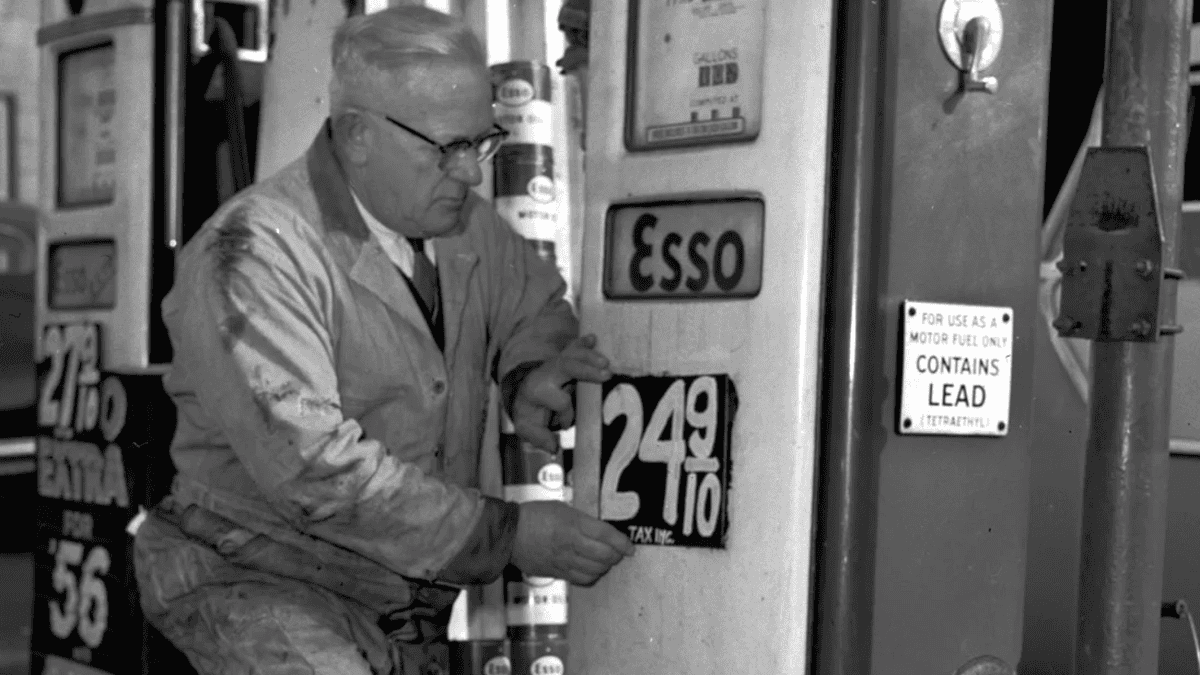The majority of employees—a full 80%—who quit their jobs during the Great Resignation regret the decision. That’s according to a survey by the HR and payroll services provider Paychex. In fact, more than two-thirds attempted to get hired back. While many left because they didn’t want to spend their lives in a job they didn’t like, regret could be due to not understanding how to find a job that would be fulfilling.
“For the last 20 or so years, we have told employees, rather than the old way—where you join an organization and we tell you how to develop your path—you have the flexibility and freedom to decide how you want to make the dots line up and create a career of your own that’s authentic to you,” says Ethan Bernstein, Harvard Business School professor and coauthor of Job Moves: 9 Steps for Making Progress in Your Career. “This is fabulous and completely overwhelming, because we’ve told them almost nothing about how to do that.”
One of the ways you design a career that’s authentic to you is determining how you interact with energy drivers and energy drainers. You could define energy drivers as those tasks you do that excite you and make you feel focused. Energy drainers are the things you do that make you feel bored and restless. However, Bernstein recommends looking at energy drivers and drainers in context of your career, which means looking at your résumé.
What your résumé reveals
“Some people believe that the core document that’s guiding them to their next role is their résumé,” says Bernstein. “The problem is that the energy drains and drivers are things written between the lines. . . . Energy drains and drivers are more about the ‘how,’ and the résumé is more about the ‘what.’”
The first thing to do is to stand back and look between the lines, between the roles—or, for project-based roles, between the bullet points. Then determine what took you from one job to the next. And did that move drive your energy or drain it?
“We’re looking for that micro piece so they can put a timeline across roles that shows, ‘When I had this role, this was better or this was worse,’” says Bernstein. “The unfortunate truth is many people switch jobs and find that they’re less happy than they were before.”
To avoid making a job move mistake, look for the pattern over time, suggests Bernstein. “If your trajectory trends down as opposed to up, you can start to understand what’s driving that graded energy,” he says. “That’s the first part of the tactical approach.”
Energy drains are not just the things you complain about. They’re the things that drain your energy and motivate you to find a new job. Looking at actual job moves, as opposed to day-to-day irritations, can be more helpful.
Prioritize Your Drivers
Next, it’s important to have a conversation around how things played out. Which drivers are critical, and which would you be willing to trade off? It helps if you’ve held a few roles instead of just entering the workforce, because any contrast creates meaning, says Bernstein.
“Once you have contrast, you can start to make meaning of the fact that this was a better ‘how’ job than that one, and the reason is that these [drivers] were prioritized over those,” he says. “That prioritization figures into when you create prototypes for your role.”
For example, you may determine that challenging work, learning opportunities, and a flexible schedule motivate you and are critical drivers. On the other hand, having opportunities to collaborate and take on a wide variety of tasks are less important and negotiable.
Drivers and drains may also fluctuate based on where you are in your life. Someone with a young family will have very different energy drivers and drainers than someone who is an empty nester and is ready to ramp up their career. The prioritization of trade-offs can be harder to do, so Bernstein suggests reflecting on the past and looking at the trade-offs you’ve already made.
“How comfortable are you with those trade-offs?” he asks. “Would those trade-offs be different today than they were before? Be clear about the fact that this is not about building your perfect room and just living in it. You have to live well with others in an organization to serve the organizational needs as well as your own. You have to be understanding and knowledgeable and aware of the trade-offs you’re willing to make and not make in order to make a role work for you.”
Avoiding Career Regret
Taking the time to chart your energy drivers and drains can help you avoid career regret in the future because you made a hasty move after realizing your unhappiness.
“Unless you are the most flexible person in the world, you probably have preferences about how your workplace should operate,” says Bernstein. “Workplaces have changed a lot in the last five, 10, and 20 years. They might change even more in the next few [years]. . . . You don’t want to be caught unaware of your own preferences, so that all of a sudden you have to do this work in a rush or not at all, but by trial and error.”
The application deadline for Fast Company’s World Changing Ideas Awards is Friday, December 6, at 11:59 p.m. PT. Apply today.







